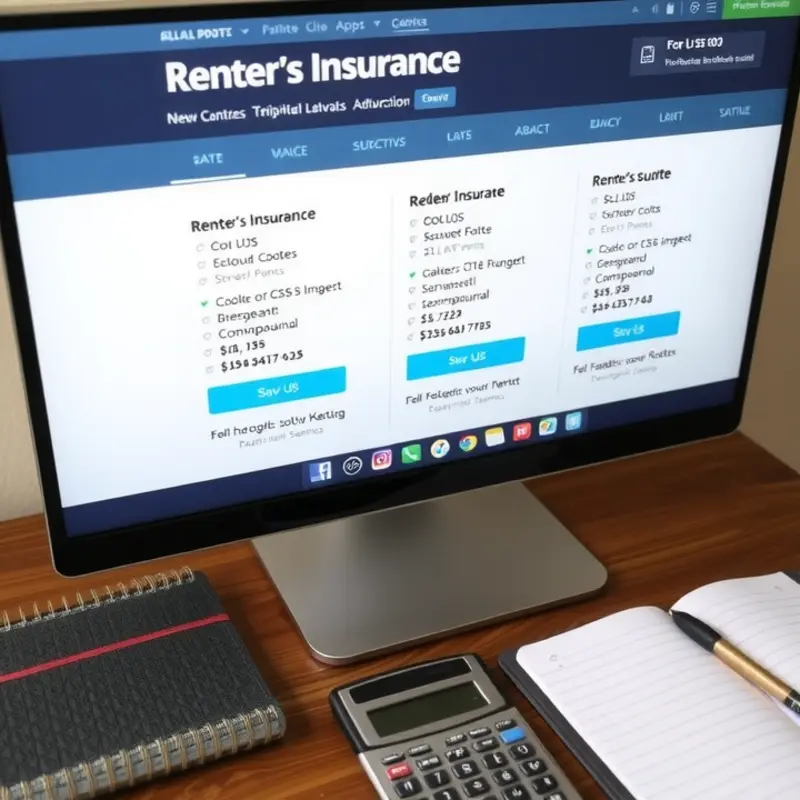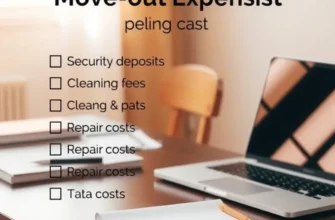As a young professional, first-time renter, or a student starting your journey in the rental market, you might be juggling numerous financial responsibilities—from rent and utilities to groceries and student loans. One essential, yet often overlooked aspect of renting is renter’s insurance. This insurance protects your personal belongings against loss, damage, or theft. However, ensuring that you don’t overpay for this protection is equally critical to maintaining budget clarity. In a world where every dollar counts, learning how to save on renter’s insurance can result in significant savings. This guide will provide you with practical tips and insights, making renter’s insurance not only affordable but also easily comprehensible. With a few strategic steps, you can secure adequate coverage at a price that fits within your financial plan, giving you peace of mind in your home. Whether you’re a student, a new couple, or a small family, this guide is crafted for your needs.
Understanding Renter’s Insurance Basics

Renting your first apartment can be exhilarating yet daunting, especially when considering additional responsibilities like renter’s insurance. Grasping the essentials can help you make informed decisions and save money. Start with understanding the types of coverage: Personal Property, Liability, and Additional Living Expenses.
Personal Property Coverage protects your belongings from unforeseen events like theft, fire, or vandalism. It typically covers items such as clothing, furniture, and electronics. Assess your possessions’ value to avoid overpaying or underestimating your coverage needs.
Liability Coverage is another fundamental component. It protects you if someone sustains injuries within your rented space or if you accidentally damage someone else’s property. This coverage can save you from potential costly legal battles, making it a crucial aspect of any policy.
Lastly, Additional Living Expenses (ALE) covers temporary housing costs if your rental becomes uninhabitable due to a covered event. ALE can help you maintain your lifestyle despite setbacks.
While these coverages seem straightforward, misconceptions often lead to overspending. One common misunderstanding is assuming your landlord’s insurance covers your personal belongings. Landlords typically insure the building but not the tenants’ items within. Another myth is believing renter’s insurance is unnecessary if your belongings aren’t valuable. Consider costs of replacing essential items at once, and the coverage’s affordability reveals it as a practical choice.
Differentiating between policies is crucial. Evaluate factors like deductible amounts, coverage limits, and exclusions. Policies vary, and choosing one aligned with your lifestyle and possession value can lead to significant savings. For example, if you own high-value electronics or jewelery, ensure your coverage limits are adequate.
For those new to managing finances, creating a budget to include insurance can prevent future financial strain. You can find tips on managing your expenses by exploring smart budgeting for apartment utilities, which complements your efforts to manage renter’s insurance costs wisely.
Selecting the right policy doesn’t stop at coverage; also, consider your potential insurer’s reputation and customer service quality. Research and compare insurers to ensure you choose one with a reliable claims process.
By understanding the basics of renter’s insurance, you bolster your financial security and safeguard your belongings and peace of mind. Avoid common pitfalls by educating yourself, seeking advice, and considering your unique needs and worth of possessions. Taking these steps now can pave a smoother path to fulfilling your renting journey.
Top Tips to Save on Renter’s Insurance

Maximizing savings on renter’s insurance requires navigating various strategies, indistinguishable in their importance yet distinct in execution. Young professionals and first-time renters can benefit significantly from employing these strategies thoughtfully.
One effective savings strategy is to actively shop around for quotes. Insurance providers evaluate risks differently, resulting in varying premiums for similar coverage. Obtaining at least three quotes allows for a comprehensive comparison of price and coverage, ensuring you secure the most cost-effective option.
Bundling insurance policies can be another excellent way to save. Many providers offer multi-policy discounts when you combine different types of insurance, such as auto and renter’s. This consolidation not only saves money but also simplifies policy management by dealing with a single provider.
Increasing your deductible is another practical approach to lower premiums. A deductible is the amount you pay out-of-pocket before insurance coverage kicks in. Opting for a higher deductible reduces the premium, offering immediate savings. However, it’s essential to ensure that you can afford the potential out-of-pocket expenses should a claim arise.
Maintaining a good credit score is equally paramount in securing favorable insurance rates. Insurers often factor in credit scores when determining premiums. Consistently monitoring and improving your credit score can lead to lower insurance costs over time. For tips on tracking your expenses effectively to maintain a healthy credit score, consider checking out apartment payment tracking tips.
Furthermore, regularly reviewing your policy needs is essential to avoid overpaying for unnecessary coverage. As circumstances change, such as downsizing belongings or moving to a safer neighborhood, your insurance requirements might shift. Routinely reassessing your policy ensures it aligns with current needs and doesn’t include superfluous coverage.
Implementing these strategies thoughtfully can significantly reduce renter’s insurance premiums, enabling savings that can be allocated towards other financial goals or lifestyle enhancements familiar to young professionals and first-time renters.
Final words
Saving on renter’s insurance is crucial for financial clarity and security, especially for young professionals and first-time renters. By understanding the basics of renter’s insurance, exploring available options, and implementing practical tips, you can effectively manage your policy while keeping costs down. Remember, your belongings are valuable, and securing a good policy doesn’t need to strain your budget. With diligent research and strategic choices, you’ll enjoy both protection and peace of mind in your living situation.









